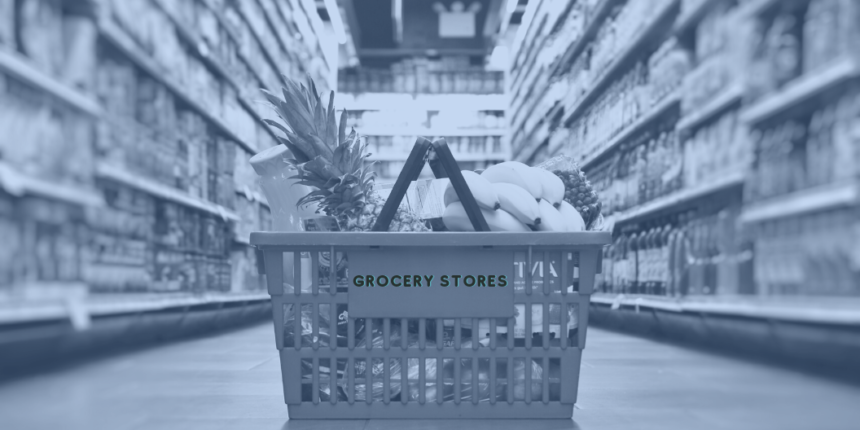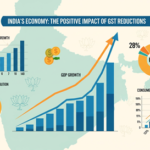Key Value Items (KVIs) or Categories (KVCs) – essential products / Categories that drive store traffic and influence price perception. These products / Categories attract customers into the store, increasing the number of sessions (online) or daily visitors (offline). KVIs are usually priced competitively.
A six-pack of Coca Cola is an example of a grocery store KVI. It is a product with high unit sales whose price is familiar to consumers and drives their price perception. Customers use KVIs to classify retailers as ‘cheap’ in their mind. This then determines their willingness to shop there.
Volume Drivers – Once the customer is in store due to a competitive KVI offer, it’s time to build profitability. Volume drivers are the second stage in the customer journey. These products have high unit sales and can be found in many baskets. Their profitability is low yet better than KVIs. The goal of volume drivers is to recoup some of the customer acquisition cost from competitively priced KVIs.
In a grocery store, a 16-ounce pasta sauce is a volume driver. It is found in many baskets but is not a traffic driver and its price is less easily recalled than that of a six-pack of Coca Cola. It drives volume, but not price perception. While KVI price changes are correlated with the total amount of store traffic, volume drivers are not.
Profit Generators – The products in this group have high profitability and low sales volume. Customers regard these products as non-essential and their contribution to profit is higher than their contribution to revenue.
Unique types of flour such as chickpea or quinoa flour are examples of a grocery store profit drivers. They are specialty products that do not appear in many baskets and have higher pricing than the all-purpose essential varieties.
The structure of the product data (attributes and classifications) is critical for dynamic price optimization. The cleaner and more granular the data, the more effectively the pricing software can operate, and the more diverse the possible business cases become.
A grocery must also identify Product Family and Inter-Product Dependencies within the assortment, such as different sized packs (single vs. 6 pack / 60gr vs 80gr etc.) or branded vs. private label products(for example: private label needs to be 10% cheaper than leading brand).
Since consumers typically purchase more than one item at a time from a grocery store, demand relationships among products that appear in baskets play an essential role in determining how retailers set prices.
Profit Attribution can be implemented by Understanding demand relationships between items in a shopping basket. The loss on one item can be recouped on another item that is likely to appear in the same basket. A loss-leader such as a pumpkin at a discount for Halloween can be utilized to increase traffic, (in this case acting as a KVI), and offset by commensurate price increases on a complementary good, such as the tealight candles that go inside.
Due to the fact KVIs are priced competitively, common practice is to attribute profit proportionally, so that the KVIs receive their fair share of the overall basket profitability.
Adopting a high-low price strategy allows retailers to benefit from a broader range of promotions, discount giveaways, and loyalty programs that enhance price perception.
Done manually, the success of a loss leader strategy relies more on hope – customers buying items they wouldn’t have normally bought. In today’s data-driven world, where competition forces low-margin pricing in nearly every aisle, can grocery stores afford to rely on hope?
Grocery stores can Drive higher Sales by utilizing competitive Intelligence and tools to seize more opportunities to compete on price. The unsophisticated use of lower prices as a response to competitor pricing without fully understanding the impact and the motivation behind the price change is usually ineffective, especially in the long term.
Promotions are often heavily funded by vendors and as such, maximizing promotional outcomes can also maximize vendor funding, leading to strong, effective relationships with vendors. By determining winners, eliminating underperformers and identifying opportunities for brands to stand out, grocery stores can maximize promotional performance.


























